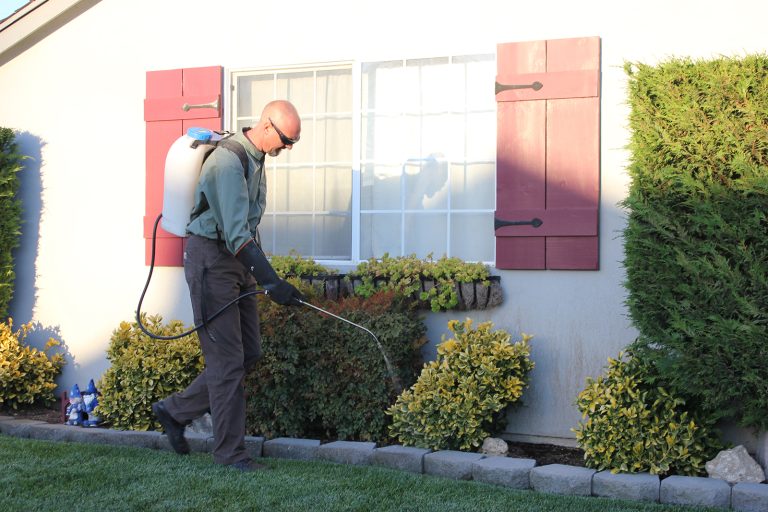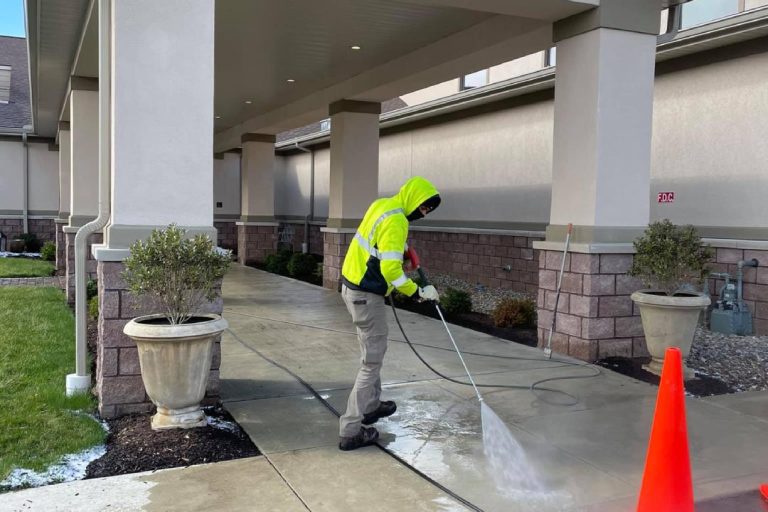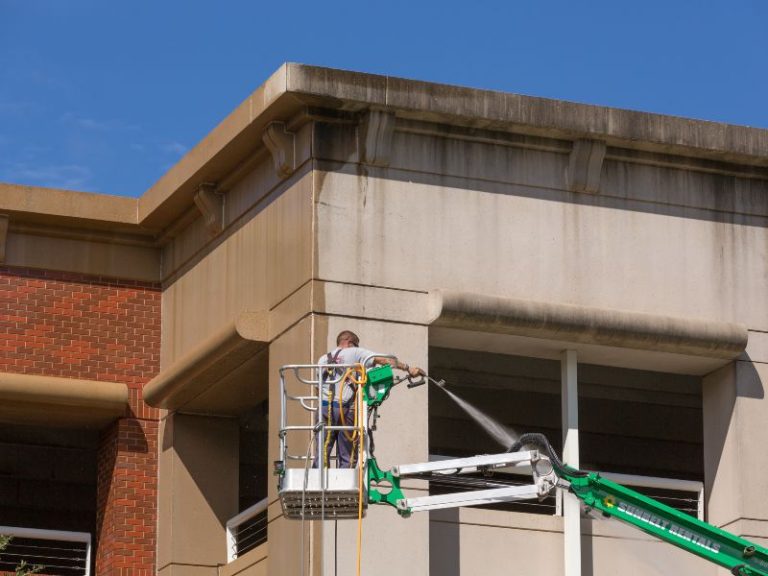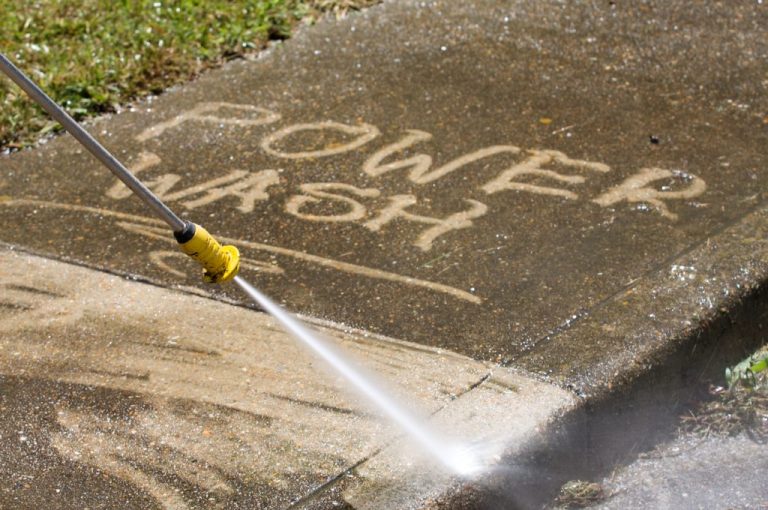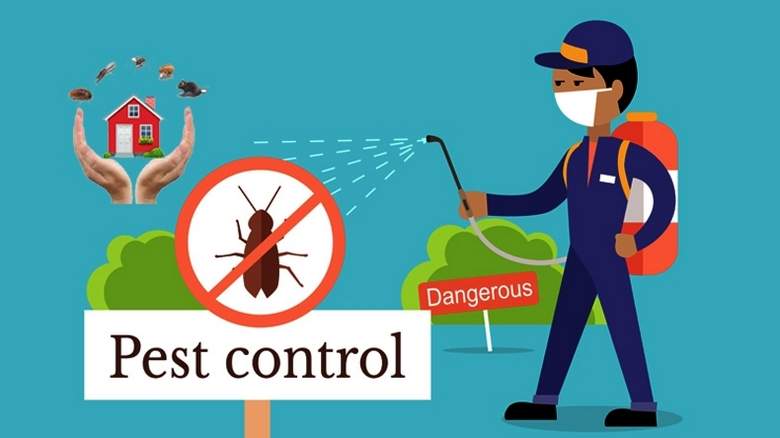
Pests like spiders, wasps, and ants love to make their homes in the nooks and crannies of your property—under eaves, in siding gaps, beneath decks, and even around window frames. 😬 It’s no surprise that many homeowners reach for a pressure washer to blast those unwelcome critters and their webs away.
But does pressure washing actually help with pest control, or is it just a temporary fix? And are there risks involved in using it this way?
Let’s explore how pressure washing can assist in managing pests, what it can and can’t do, and the safest way to approach these infestations. 💧🧼
🕸️ What Pressure Washing Can Do
Pressure washing is incredibly effective at removing visible signs of pests, such as:
- Spider webs 🕷️
- Wasp nests
- Mud dauber tunnels
- Bird droppings
- Egg sacs or cocoons
- Insect residue and dirt buildup
When you use high-pressure water to clean these areas, you’re not just making the home look better—you’re removing the scent trails and shelters that pests use to return.
💡 This can discourage them from re-establishing in the same spot.
🐜 How Pressure Washing Helps With Common Pests
✅ Spiders
Pressure washing quickly eliminates:
- Cobwebs around windows and porches
- Egg sacs under eaves
- Hiding spots in siding cracks
🧽 Bonus: The strong spray can flush out insects that spiders feed on, making your home less appealing to them overall.
✅ Wasps & Hornets
You can remove:
- Abandoned nests
- Old mud dauber homes
- Hive residue in soffits or gutters
🛑 Warning: Never spray an active wasp nest unless you’re sure it’s empty or the insects have been neutralized. You could provoke a dangerous swarm!
✅ Ants & Termites
Pressure washing removes:
- Moisture-soaked wood that attracts termites
- Dirt trails and debris where ants nest
- Organic buildup that shelters these pests
💦 While it won’t kill ants or termites outright, cleaning the environment makes it less pest-friendly.
🚫 What Pressure Washing Can’t Do
Despite its power, pressure washing isn’t a substitute for professional pest control. It can’t:
- Kill pests deep inside walls or attics
- Stop infestations already underway
- Prevent future entry through gaps or cracks
- Replace chemical treatments for termites, roaches, or rodents
🔍 Use pressure washing as a complementary tool—not your sole line of defense.
⚠️ Safety Tips When Using Pressure Washing for Pest Removal
❌ Never Spray Active Insect Nests Directly
If you suspect a wasp or hornet nest is occupied:
- Call a pest professional first
- Use insect spray if you’re comfortable and confident
- Wait at least 24 hours after treating before washing
🧯 Pressure can provoke stings and swarms.
✅ Wear Protective Gear
- Goggles 👓
- Long sleeves 🧥
- Gloves 🧤
- Closed-toed shoes 👟
You never know what might fall out of a crevice when you spray—always protect yourself.
✅ Use Low-to-Medium Pressure for Delicate Areas
Around soffits, vents, and window frames, use:
- 25° or 40° nozzle
- Pressure under 2,000 PSI
- A ladder with a stabilizer for access (never overreach)
🧴 Use the Right Cleaning Agents
For deeper sanitization, pair your pressure washer with pest-deterring soaps or cleaners:
- Vinegar + water mix (repels spiders and ants)
- Citrus-based cleaners (natural insect repellents)
- Essential oils like peppermint or eucalyptus (can be added to soap mix)
🌿 These are safe around kids, pets, and plants—unlike harsh insecticides.
🏡 Areas to Target for Best Results
Focus your cleaning efforts on:
- Eaves and soffits
- Door and window frames
- Decks and railings
- Garage doors and exterior lights
- Gutters and downspouts
- Fence corners and sheds
🐜 These are favorite nesting and webbing spots for spiders, wasps, and other bugs.
🔄 Maintaining a Pest-Free Exterior
Pressure washing once or twice a year helps reduce the appeal of your home to bugs. Combine this with:
- Regular yard maintenance
- Trimming back trees and shrubs 🌳
- Sealing siding gaps and foundation cracks
- Removing standing water sources
🧹 Think of it like pest-proofing your exterior with cleanliness and consistency.
✅ Final Thoughts
Pressure washing is a highly effective way to remove the signs and shelters of pests, including spider webs, old nests, and insect trails. While it won’t eliminate infestations completely, it plays an important supporting role in your overall pest prevention plan.
Use it carefully, combine it with other strategies, and you’ll enjoy a cleaner, safer, and bug-reduced home. 🧼🕷️🏡
